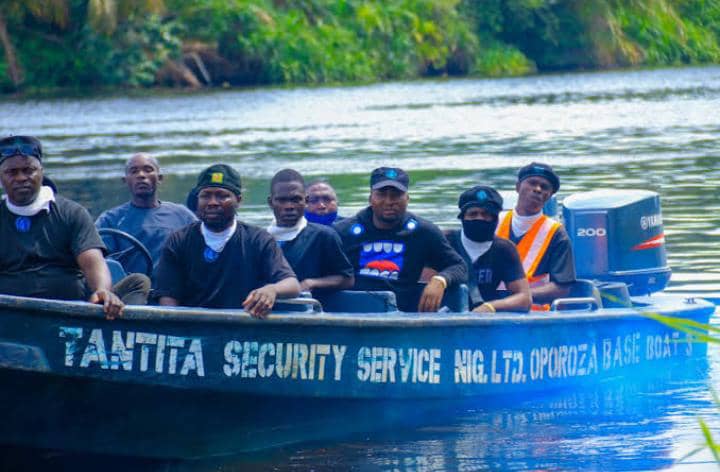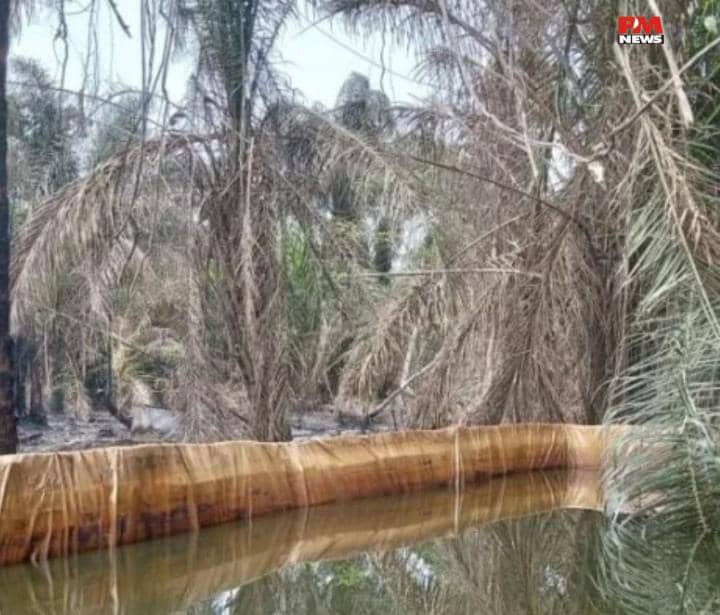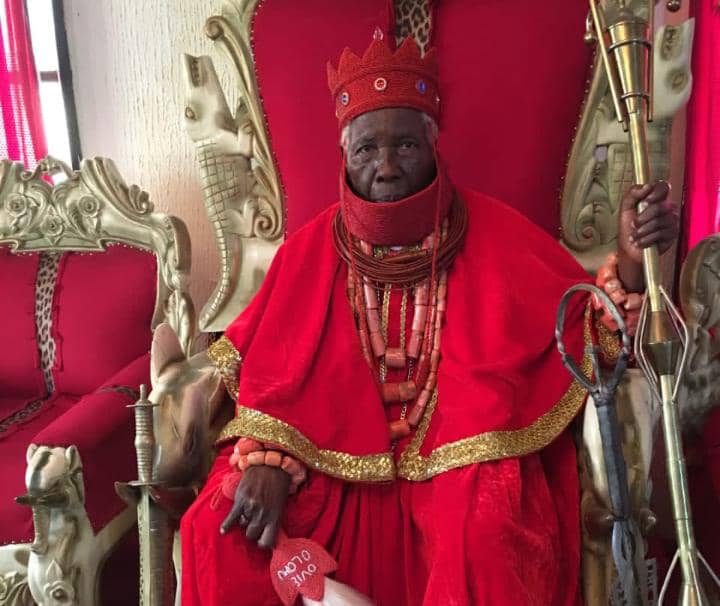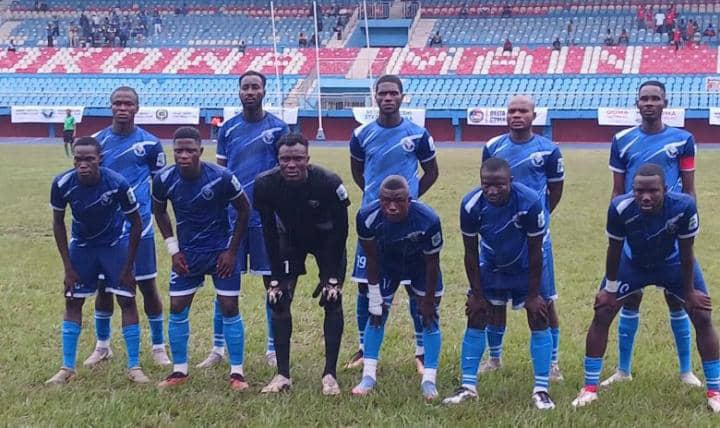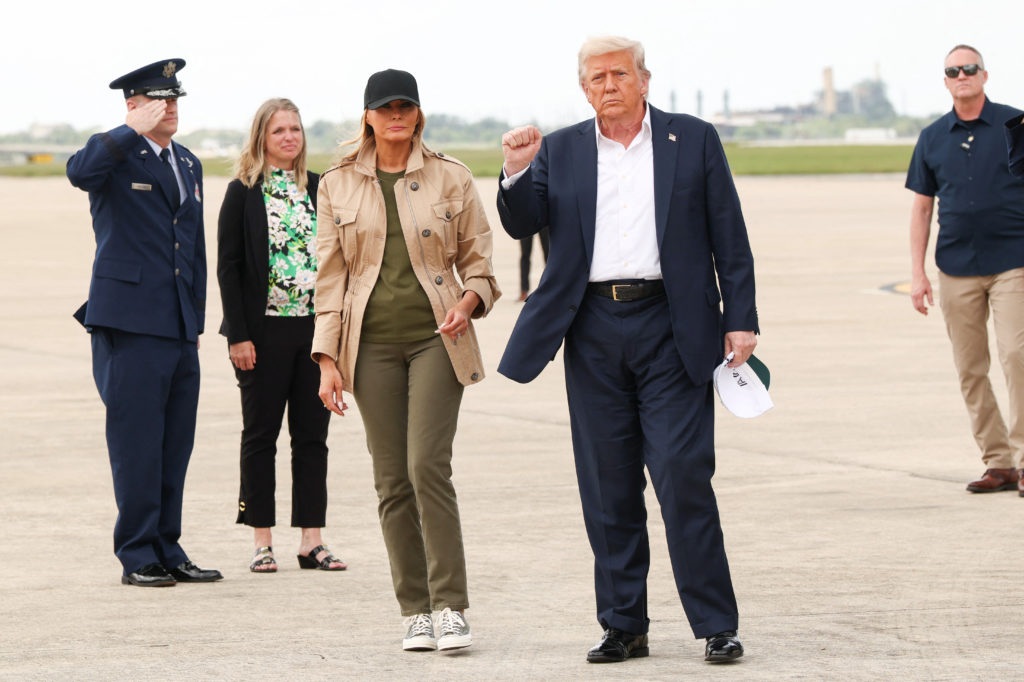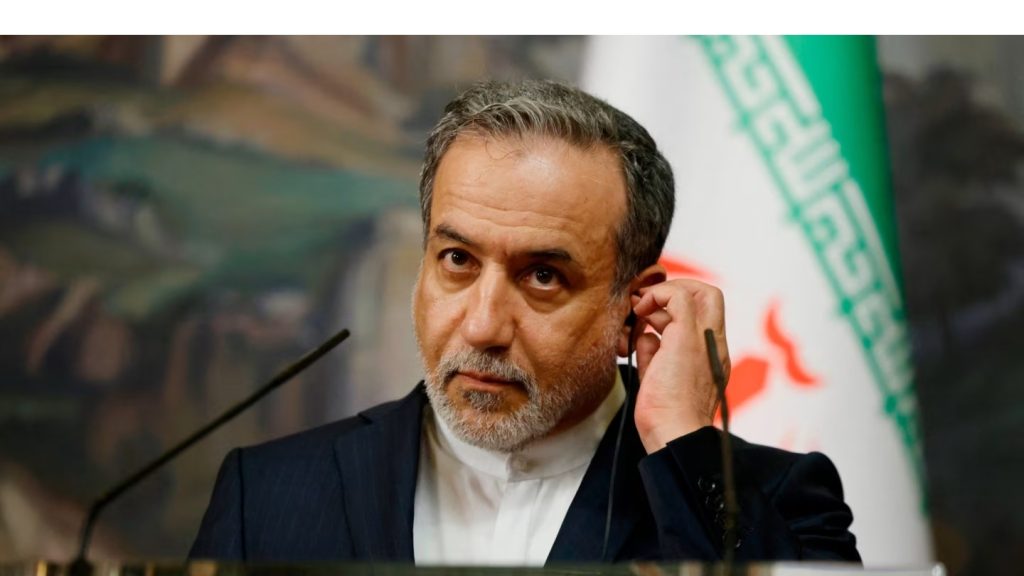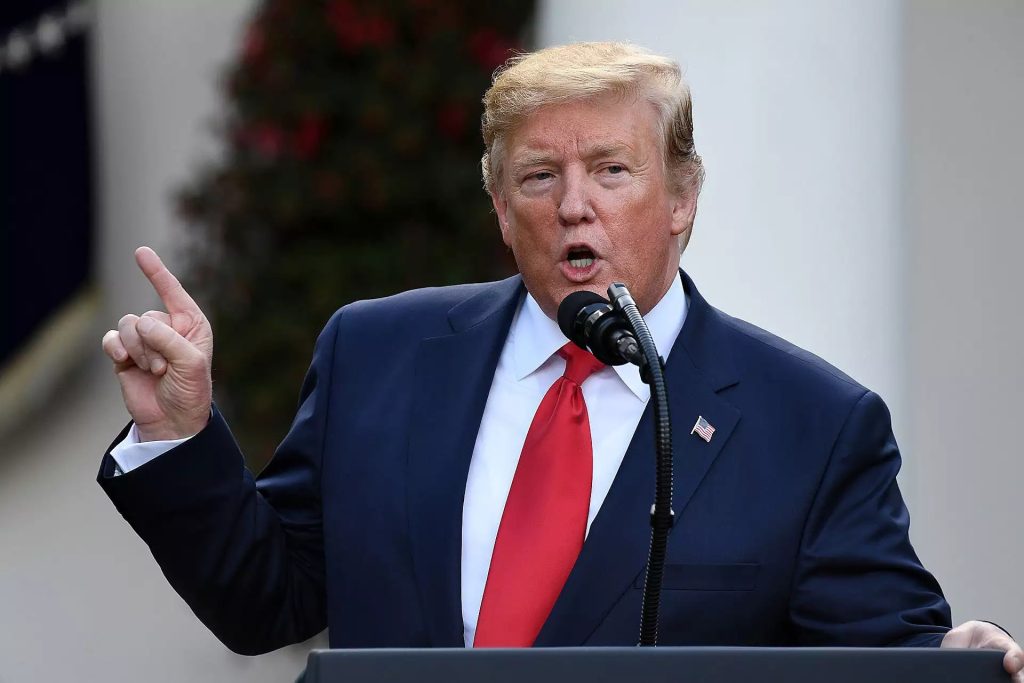News
Fury, Bloodshed As Kenyans Rise Again, Security Operatives Kill 11
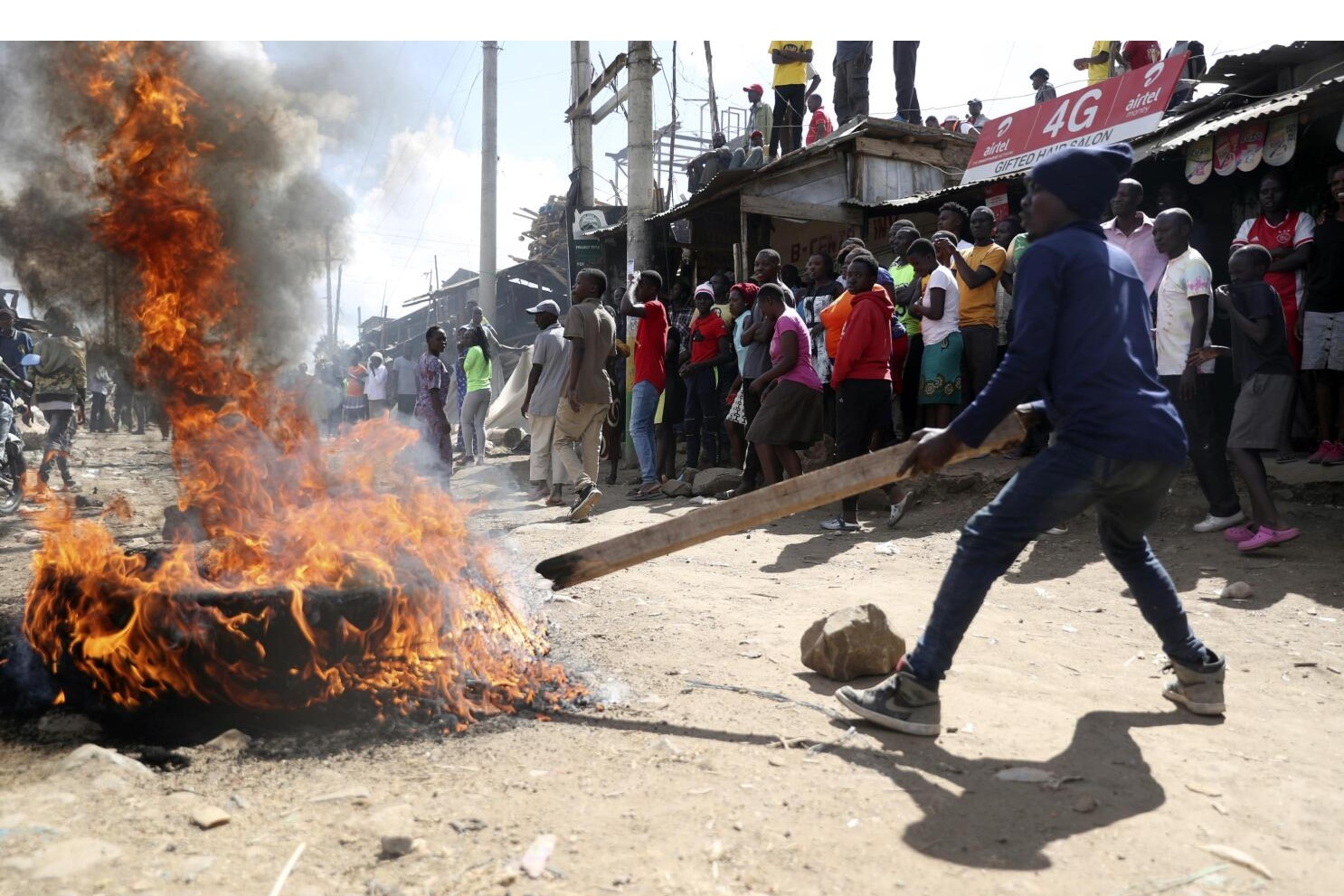
At least eleven people have been killed and over 560 arrested during widespread anti-government protests across Kenya, according to police reports.
The demonstrations, held on July 7, coincided with the 35th anniversary of the historic Saba Saba movement, a pivotal moment in the country’s transition to multiparty democracy.
Kenyan police confirmed they had opened fire on demonstrators in several areas.
Dr. Aron Sikuku, a physician at Eagle Nursing Home on Nairobi’s outskirts, told the BBC that two victims with fatal gunshot wounds had been brought to his facility.
He described tense scenes as hundreds of protesters gathered outside the hospital, demanding to retrieve the bodies.
The protests, largely led by young Kenyans often referred to as “Gen-Z,” were driven by calls for improved governance, accountability, and an end to police brutality.
They follow a wave of demonstrations that began last year in response to unpopular tax hikes and alleged state corruption.
On Monday, July 7, 2025, the Kenya Police Service released a statement praising its officers for what it described as “exceptional restraint and professionalism.”
This was even as 52 officers and 11 civilians were reported injured.
However, human rights groups have sharply criticized the police response.
The Kenya National Commission on Human Rights (KHRC), a government-funded rights watchdog, accused the police of using excessive and unlawful force.
In a damning report, it alleged that plainclothes officers and unmarked vehicles were deployed across major towns and that law enforcement had coordinated with “armed criminal gangs” in Nairobi, Kajiado, Nakuru, Kiambu, and Eldoret.
The police have denied these accusations.
The KHRC further reported at least two abductions, 29 injuries, and 37 arrests during Monday’s protests.
Early in the day, Nairobi was thrown into chaos.
Checkpoints left hundreds of commuters stranded more than 10 kilometers from the city center.
This was as authorities restricted access to critical government zones, including State House and Parliament, using barricades and razor wire.
Many schools advised students to remain at home due to the unrest.
Despite the heavy security, protests broke out across various neighborhoods.
Demonstrators lit fires and attempted to break through police barricades.
Officers responded with tear gas and water cannons. According to the Daily Nation, protests spread to 17 of Kenya’s 47 counties.
In Meru County, a shopping complex in the town of Makutano was set ablaze, sending clouds of black smoke into the sky.
In Ol Kalou town, one protester was fatally shot while another survived a gunshot injury.
Similar unrest was reported in Kamukunji, near the original Saba Saba protest site, where police clashed with groups of demonstrators.
A planned appearance by former Prime Minister Raila Odinga at Kamukunji was cancelled.
Odinga cited widespread roadblocks that made it difficult for people to attend.
Nonetheless, he issued a strong rebuke of the security forces, calling them a “rogue police force that shoots people with impunity,” and demanded national dialogue on policing reforms.
Odinga, once jailed for his role in the original 1990 Saba Saba protests, had thrown his support behind the current government last year.
Long-distance travelers were also affected. Buses arriving in Nairobi overnight were stopped at checkpoints as far as 13 kilometers from the city.
Many passengers, unable to afford motorcycle rides into town, remained stranded.
Humphrey Gumbishi, a bus driver, told the BBC they had been traveling since Sunday evening, only to be halted by police at dawn.
“We want the government to engage in dialogue with Gen-Zs so all this can come to an end,” he said.
Tensions were further heightened when an armed gang stormed the Nairobi offices of KHRC on Sunday.
The rights organization had been hosting a women-led press conference ahead of the protests.
KHRC spokesperson Ernest Cornel said about 25 attackers on motorbikes shouted “There will be no protest today,” while looting valuables and injuring attendees.
The original Saba Saba protests in 1990 marked a critical step in Kenya’s move away from one-party rule under President Daniel arap Moi.
At least 20 people were killed during that crackdown. Today, the date symbolizes civic resistance and the ongoing struggle for democratic freedoms.
Despite the calls for peace and dialogue, the scale of this year’s unrest, and the state’s forceful response, highlight the widening gap between Kenya’s youth and its leadership, and the urgent need for political solutions.
For Diaspora Digital Media Updates click on Whatsapp, or Telegram. For eyewitness accounts/ reports/ articles, write to: citizenreports@diasporadigitalmedia.com. Follow us on X (Fomerly Twitter) or Facebook



